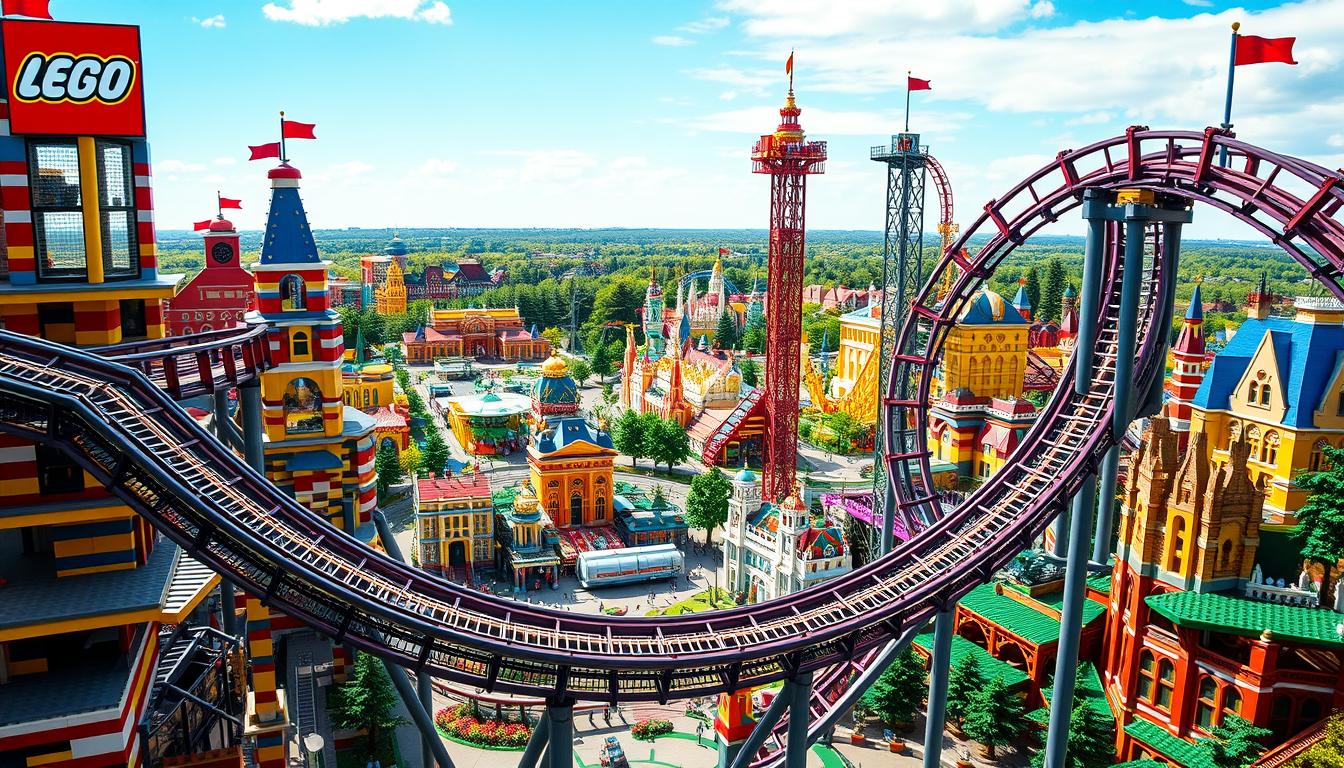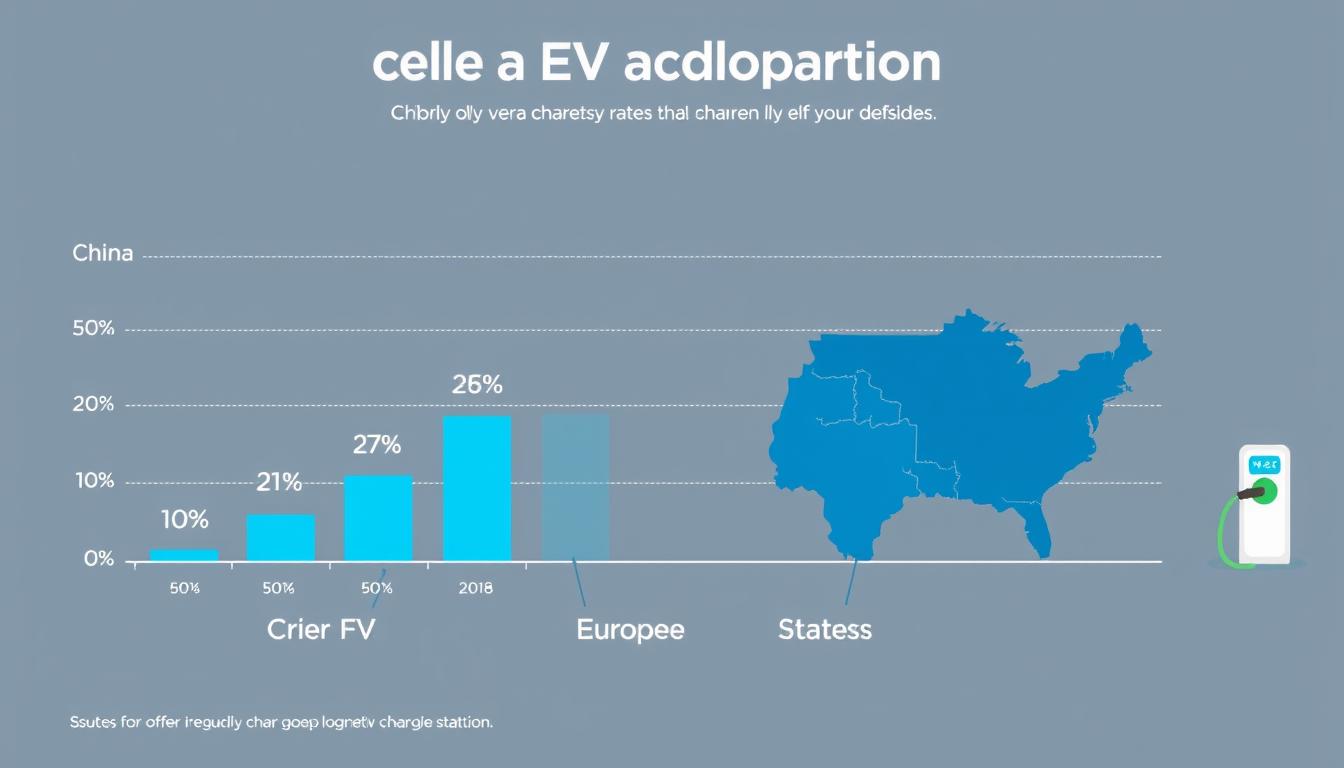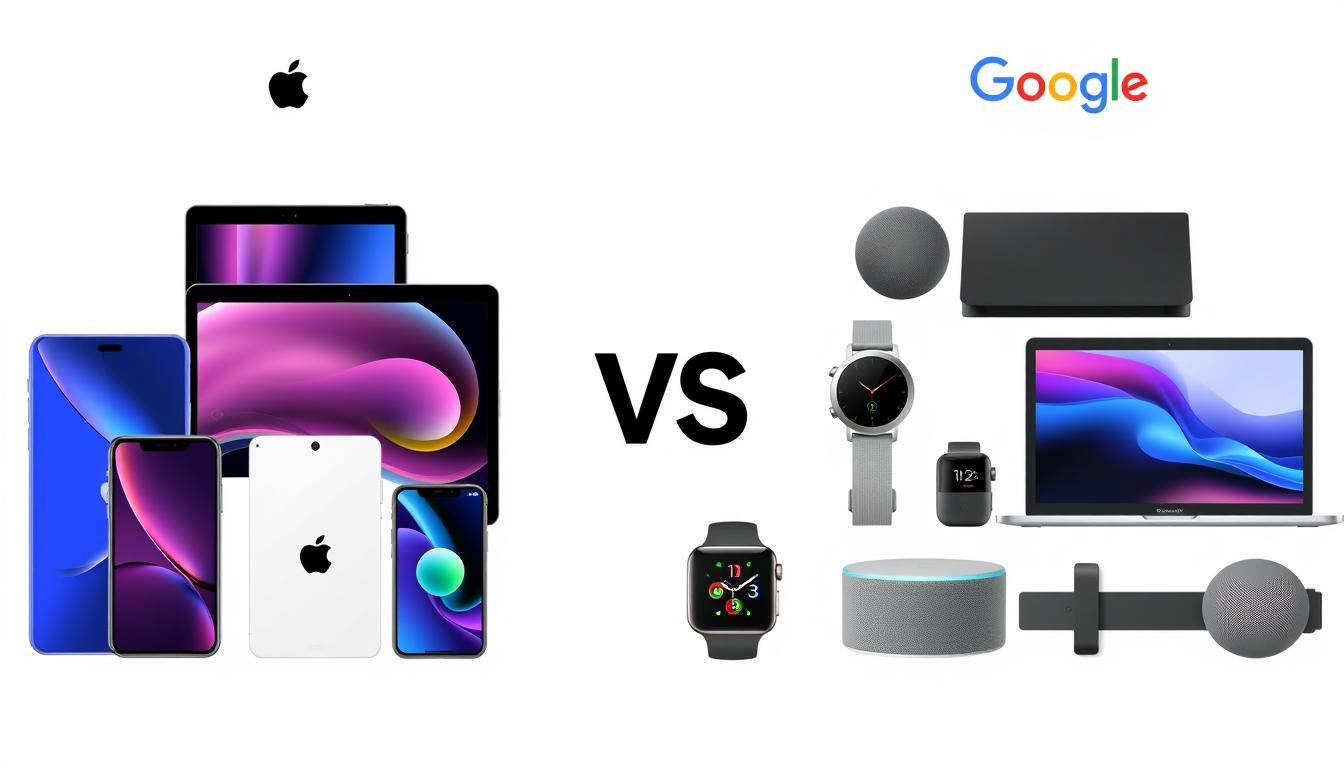Over the past five decades, Legoland parks have evolved into one of the world’s biggest brands in family entertainment. With a portfolio spanning multiple continents, the question on everyone’s mind is: what’s behind this remarkable success?
From its humble beginnings as a single theme park in Denmark, Legoland has expanded globally, with plans for further expansion into new markets, including China. This growth is a testament to the brand’s ability to adapt and thrive in diverse cultural contexts.
Key Takeaways
- Legoland’s transformation from a single theme park to a global entertainment brand.
- The unique factors contributing to Legoland’s success in the competitive theme park industry.
- Legoland’s strategic decisions and innovations that have enabled its growth.
- The brand’s ability to maintain its core identity while adapting to different markets.
- Future expansion plans and how Legoland continues to reinvent itself.
The Evolution of Legoland: From Humble Beginnings to Global Phenomenon
In 1968, the Lego Group introduced its first theme park, Legoland Billund, setting the stage for a global entertainment brand. This initial park was a modest beginning, with a simple concept centered around an open-air Lego model village, known as Miniland, surrounded by a train ride. Despite its simplicity, Legoland Billund was “immediately very popular,” attracting about 600,000 visitors in its first season, far exceeding the expected 200-250,000.
The Birth of Legoland Billund in 1968
The first Legoland park was more than just a theme park; it was an extension of the Lego brand’s commitment to creativity and imagination. Legoland Billund’s success was a testament to the appeal of interactive and imaginative play. The park’s initial success was a significant milestone, demonstrating the potential for themed entertainment based on the popular Lego toys.
Early Expansion Challenges and Lessons Learned
Emboldened by the success of Legoland Billund, the Lego Group expanded to other locations around the world, including Sierksdorf, Germany, in 1973. However, this expansion faced challenges, including proximity to Billund and partnership issues, leading to its closure after just four seasons. This setback taught the Lego Group valuable lessons about the importance of market research and strategic partnerships in the context of parks around the world and the time it takes to build successful attractions that resonate with people.
The Turning Point: Windsor, California, and Deutschland
The late 1990s and early 2000s marked a significant turning point for Legoland with the openings of Legoland Windsor in 1996, Legoland California in 1999, and Legoland Deutschland in 2002. These parks not only expanded the Legoland brand globally but also refined the concept, introducing new attractions and experiences while maintaining the core identity centered around Lego bricks.
| Park Name | Year Opened | Location |
|---|---|---|
| Legoland Billund | 1968 | Billund, Denmark |
| Legoland Sierksdorf | 1973 | Sierksdorf, Germany |
| Legoland Windsor | 1996 | Windsor, UK |
| Legoland California | 1999 | Carlsbad, California, USA |
| Legoland Deutschland | 2002 | Günzburg, Germany |
As Legoland continued to evolve, it became a significant attraction around the world, with multiple parks offering a unique theme experience. The success of these parks underscored the viability of the Legoland concept in different markets and paved the way for future expansions.
The Merlin Effect: How New Ownership Transformed the Brand
When Merlin Entertainments acquired Legoland Parks in 2005, it was a bold step into the theme park industry for the company. At the time, Merlin was known for managing smaller ‘Midway’ attractions like Sea Life and the Dungeons, but not full-scale theme parks.
Led by marketer Nick Varney, Merlin understood the value of brands, and Lego was ready to sell after diversifying into various businesses that weren’t yielding the desired returns.
The 2005 Acquisition by Merlin Entertainments
The acquisition was a significant event, as it marked Merlin’s entry into the theme park industry, presenting a new opportunity for the company to expand its influence in parks around the world. According to Jakobsen, the sale was a surprise due to Merlin’s background in smaller attractions.
However, Merlin’s management, particularly Nick Varney, impressed Lego with their professionalism and understanding of brands, making Legoland Florida a prime place to visit for families seeking holiday fun.
Strategic Changes Under Merlin’s Management
Under Merlin’s management, Legoland Parks underwent strategic changes, including a more commercial approach to operations and increased investment in new attractions. The focus was on extending guest stays, enhancing the overall experience. This approach not only transformed Legoland but also helped Merlin grow into the world’s second-largest attractions operator after Disney.
The Kirkbi Partnership: Maintaining the Lego Connection
The Kirkbi partnership, which maintained a 29.7% stake in Merlin, was crucial in ensuring the continued connection between Legoland parks and the Lego brand. This partnership was mutually beneficial, allowing Legoland to maintain its authenticity while giving Merlin access to the beloved Lego brand, thus fueling Legoland’s global expansion.
The synergy between Merlin’s expertise in attraction management and Lego’s brand strength was a key factor in Legoland’s success. As a result, Legoland continued to thrive as a theme park destination, offering unique experiences that appealed to families worldwide.
Target Audience Precision: The Power of Demographic Focus
Legoland’s strategic decision to cater specifically to families with children between the ages of 3 and 12 has been a crucial element in its success. This demographic focus allows the park to tailor every aspect of the theme park experience to the needs and interests of young children and their families.
Families with Children 3-12: A Deliberate Choice
LEGOLAND is “unashamedly pre-teen”, as stated by its management. This deliberate choice means that the park is designed with the capabilities and interests of pre-teens in mind. The rides, attractions, and entertainment are all crafted to appeal to this age group, making it a unique destination in the theme park landscape.
Creating Experiences That Appeal Across Generations
While the primary focus is on children aged 3-12, Legoland also creates experiences that engage parents and other family members. The park’s design encourages family participation, allowing adults to relive their childhood memories through the iconic LEGO brand. As a result, Legoland appeals not just to its core demographic but also to a broader family audience, including adult LEGO fans who appreciate the creativity and detail of the park’s models.
“Yes – we make no apologies for this, nor do we pretend to be all things to all men. LEGOLAND has a clear positioning for families with children 3-12.”
This focused approach has enabled Legoland to differentiate itself in a crowded theme park market, creating a distinctive experience that attracts families and LEGO enthusiasts alike.
Secrets Behind Legoland’s Success in Theme Parks: The Core Formula
What sets Legoland apart from other theme parks is its focus on interactive play and family engagement. This approach has been instrumental in creating a unique experience that attracts visitors from diverse backgrounds. Legoland’s designers work closely with ride manufacturers and attraction designers to ensure that every element of the park encourages families to participate together.

Interactive Play vs. Passive Entertainment
Legoland’s emphasis on interactive play distinguishes it from many other theme parks that focus on passive entertainment. The park’s attractions are designed to engage visitors as active participants, fostering a more immersive and memorable experience.
This interactivity extends beyond individual rides, creating an environment that encourages families to play together and strengthens family bonds through shared experiences.
Educational Elements That Parents Value
The Legoland parks incorporate educational elements that appeal to parents who value learning opportunities alongside entertainment. These elements, often referred to as “stealth education,” help children develop various skills over time while having fun.
By combining education and entertainment, Legoland creates a more appealing experience for families in this area, making it an ideal course for learning through play for many years.
The Emotional Connection to the Lego Brand
Many visitors to Legoland parks bring with them an emotional connection to the Lego brand, which has been a beloved toy for generations. The parks serve as a physical manifestation of the Lego toy, sparking creativity and imagination in children and nostalgia in adults.
Legoland successfully balances this nostalgia with contemporary experiences, creating a multi-generational appeal that attracts families from diverse age groups.
The combination of interactive play, educational value, and emotional brand connection forms the core formula behind Legoland’s success. This formula has proven effective across different markets and cultures, contributing to the parks’ enduring popularity.
Miniland: The Heart of Every Legoland Park
At the core of every Legoland park lies Miniland, a mesmerizing display of intricate Lego models that captivate visitors of all ages.
This iconic attraction is more than just a collection of Lego bricks; it’s an immersive experience that brings the world’s most recognizable landmarks to life in miniature form, showcasing the best of this area and contributing to the lance hart category of attractions in parks around world.
The Concept and Evolution of Miniland
The concept of Miniland dates back to the first Legoland park in Billund, Denmark, where it began as a simple open-air Lego model village.
Over the years, Miniland has evolved to become a sophisticated display of Lego artistry, incorporating moving elements, water features, and lighting effects that enhance the overall experience.
Today, Miniland is a staple in every Legoland park, including Legoland Florida, where visitors can marvel at detailed scenes of local landmarks.
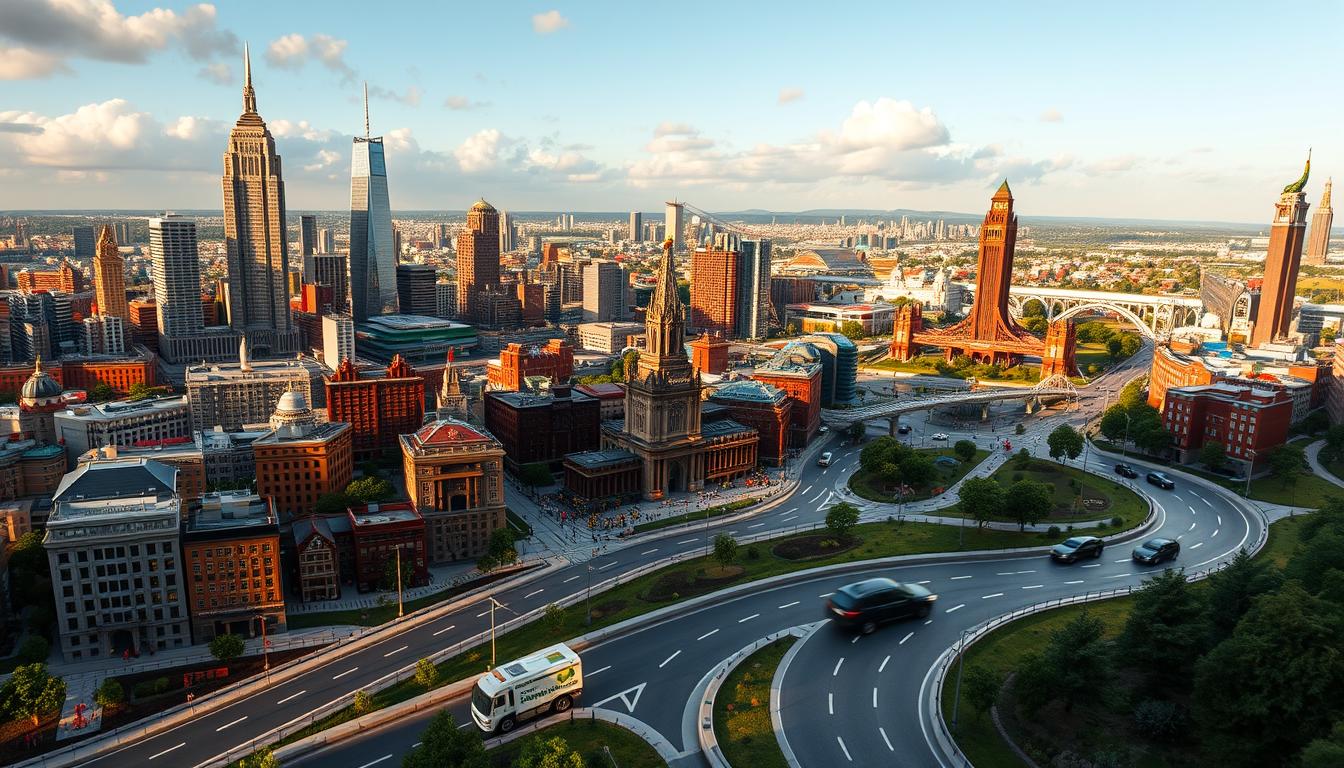
Local Adaptations and Cultural Relevance
One of the key strengths of Miniland is its ability to adapt to local cultures and landmarks, making each Legoland park unique. For instance, Legoland Florida features scenes of the Hollywood Bowl and Las Vegas Strip, while Legoland Dubai boasts a dome-roofed Miniland to protect the models from the harsh desert climate.
This attention to local detail not only enhances the visitor experience but also showcases the versatility of the Lego brand.
The Artistry Behind the Brick Sculptures
The creation of Miniland’s intricate models is a testament to the artistry and craftsmanship of Lego’s master builders. These skilled artisans use millions of Lego bricks to recreate famous landmarks and scenes with incredible precision. The process involves meticulous planning, specialized skills, and a deep understanding of the Lego brick system.
The result is a collection of models that are both visually stunning and technically impressive, offering visitors a unique perspective on the world.
The Resort Positioning Strategy: From Day Trips to Destinations

Under Merlin Entertainment’s ownership, Legoland parks have evolved significantly, shifting from single-day attractions to comprehensive resorts.
This strategic transformation has been driven by changing travel patterns, with families increasingly preferring multiple shorter vacations rather than one extended annual trip.
Themed Hotels and Accommodation Experiences
The development of themed accommodation options has been a crucial aspect of this strategy. From the original Esso Motel at Billund, which was later upgraded, to purpose-built Legoland Hotels featuring immersive theming, character interactions, and play areas, the range of accommodation experiences has expanded significantly.
Specialized concepts like the Legoland Castle Hotel and Pirate Island Hotel extend the Lego experience beyond the park gates, creating a more immersive experience for visitors.
- Immersive theming that matches the Lego brand
- Character interactions that delight both children and adults
- Play areas within the hotels, keeping the Lego fun alive even after park hours
Second Gates: Water Parks and SEA LIFE Centers
The introduction of “second gates” such as water parks and SEA LIFE centers has played a vital role in extending visitor stays.
This innovative idea from the company Legoland, with examples from Legoland California, Florida, Malaysia, and Dubai, demonstrates how these additional attractions appeal to both tourists seeking multi-day experiences and local residents with season passes looking for more value.
The water park in Legoland California, for instance, has been a highly popular addition, enhancing the overall resort experience and making it a key part of the Legoland adventure, alongside thrilling coasters.
The Financial Impact of Extended Stays
The financial impact of this resort positioning strategy has been significant. Accommodation now generates as much as 21% of Merlin’s revenue, up from 13% in 2013. This increase demonstrates the business case for extending visitor stays through a combination of themed hotels, water parks, and other attractions.
By offering a more comprehensive resort experience, Legoland parks have become more attractive to families and other visitors, leading to increased revenue and growth.
The success of this strategy is evident in the various Legoland parks worldwide. By continuing to innovate and expand their offerings, Legoland is well-positioned to remain a leader in the theme park industry.
Case Study: Legoland Florida’s Transformation of Cypress Gardens
The transformation of Cypress Gardens into Legoland Florida is a compelling example of how a struggling historic attraction can be revitalized over time. When Cypress Gardens closed in 2009, the site was acquired by Merlin Entertainment, which successfully redeveloped it into the United States’ second Legoland theme park, enhancing the area with new hotel options and attractions.
Preserving Heritage While Creating Something New
Legoland Florida preserved key elements of Cypress Gardens’ heritage, including the historic botanical gardens and the famous banyan tree. The park also reimagined the tradition of water ski shows with Lego characters, paying homage to the “Florida Southern Belles” with life-sized Lego replicas.
By incorporating these elements, Legoland created a unique blend of old and new, respecting the site’s history while introducing a fresh and exciting brand identity.
Overcoming Location Challenges in a Competitive Market
Despite being located in Winter Haven, between Tampa and Orlando, rather than in the heart of Orlando’s tourist corridor, Legoland Florida successfully overcame location challenges.
The park offered shuttle services from Orlando Premium Outlets and positioned itself as a worthwhile day trip or multi-day destination.
By adding a clear distinctive brand to the site, Legoland Florida differentiated itself from the competitive Orlando market, leveraging the existing infrastructure and natural beauty to attract visitors.
By revitalizing the Cypress Gardens site, Legoland Florida was able to open “at a fraction of the cost and in half the time” compared to building a new park from scratch.
The result was a thriving theme park that not only preserved the heritage of the original site but also introduced a new and exciting experience for visitors.
The Synergy Between Toys and Parks: A Mutually Beneficial Relationship
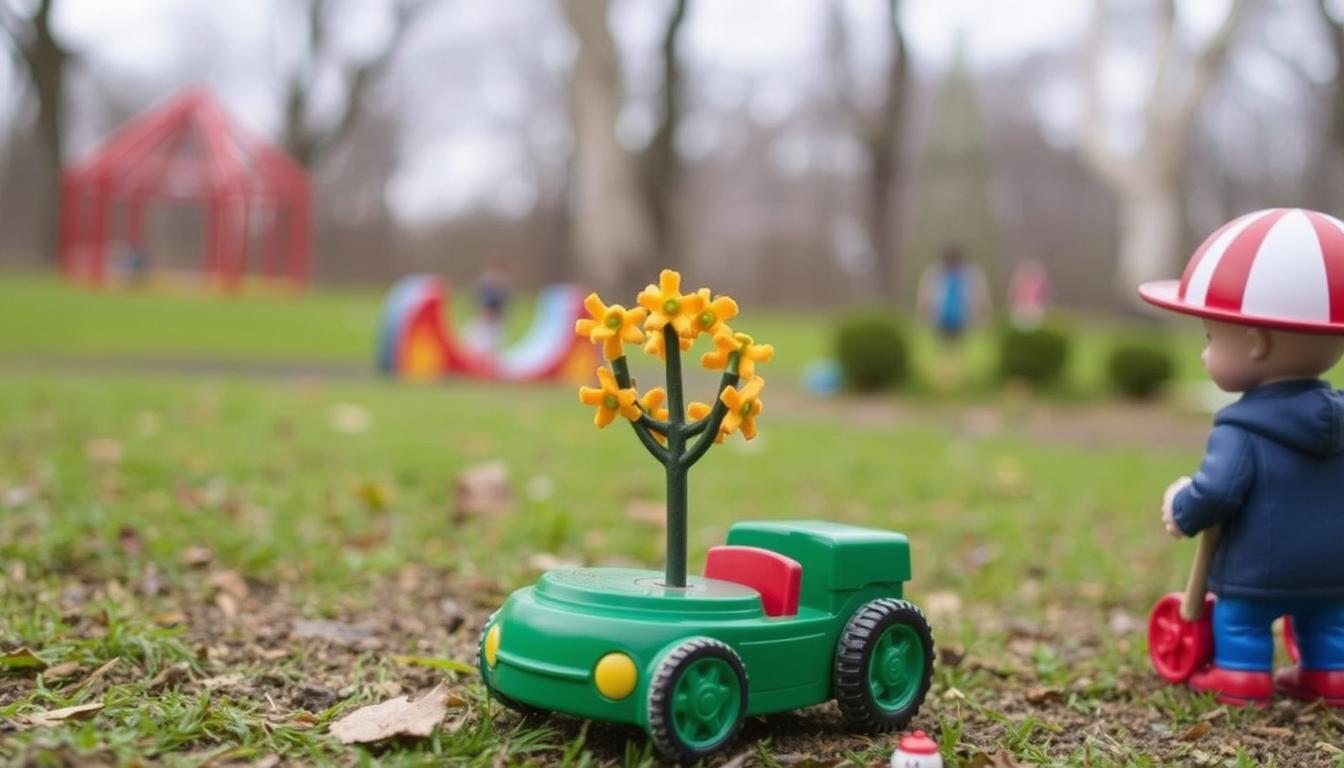
A mutually beneficial relationship exists between Lego toys and Legoland parks, driving engagement and sales. This synergy is a key factor in the success of the Legoland brand, creating a cohesive experience that extends beyond the theme parks to the toys and other merchandise.
Influence of Toy Lines on Park Attractions
Popular Lego toy lines directly influence the attractions and experiences offered at Legoland parks. For example, rides like “Ninjago The Ride” and themed areas such as Lego Friends are directly inspired by successful toy lines. This creates familiar touchpoints for children who already enjoy playing with these sets, enhancing their overall theme park experience.
The close relationship between Legoland and the Lego toy company provides early insight into upcoming product lines, allowing the parks to develop attractions that align with future toy releases and marketing campaigns.
Driving Toy Sales Through Park Visits
Visiting a Legoland park not only provides an entertaining experience but also inspires guests to engage in creative play with Lego bricks at home. The strategic placement of retail outlets throughout the parks offers exclusive sets and souvenirs, capitalizing on the emotional connection visitors develop during their stay.
This integration creates what can be described as “the Club House of the LEGO Brand,” a physical manifestation of the Lego universe that deepens brand loyalty and engagement.
As a result, each park visit potentially generates multiple toy purchases, further strengthening the brand’s presence in the market.
The synergy between Lego toys and Legoland parks provides a competitive advantage over other theme parks, with each new toy line creating opportunities for fresh attractions and experiences. This cycle of innovation and engagement is central to the ongoing success of the Legoland brand.
Global Expansion Strategy: Choosing the Right Markets

Legoland’s journey to becoming a global theme park brand involves a strategic approach to market selection and development. The company has identified Asia as a key region for expansion, recognizing that “Asia Pacific is one of the most exciting development markets for leisure over the next decade.”
Regional Focus: Asia
The Asian market has been a significant focus for Legoland, with parks opening in Malaysia in 2012, Japan in 2017, and plans for Korea. The decision to expand into these markets is based on factors such as existing Lego toy sales, population density, disposable income levels, tourism infrastructure, and the competitive landscape.
For instance, the Legoland Malaysia park benefits from its proximity to Singapore, a major tourist hub. Similarly, Korea’s high interest in theme parks and strong spending power make it an attractive location.
Partnership Models for Growth
Legoland employs various partnership models to facilitate international growth. These include fully owned and operated parks, management contracts, and joint ventures with local partners.
For example, the partnership with DXB Entertainments for Legoland Dubai and the arrangement with the Korean government for Legoland Korea demonstrate the flexibility of these models.
By leveraging local expertise and managing risk through diverse partnership models, Legoland aims to expand its presence globally, with the goal of having 20 parks around the world.
Innovation and Adaptation: Keeping the Experience Fresh

The key to Legoland’s enduring popularity lies in its commitment to innovation and adaptation. Legoland theme parks around the world have managed to stay relevant by continuously updating their attractions and experiences.
New Attraction Development Cycles
Legoland follows a clear 4-year cycle for major capital investment in new attractions across all its parks. This structured approach ensures that each park receives significant updates on a regular schedule.
For instance, the introduction of new rides and attractions aligned with Lego’s toy ranges not only enhances the visitor experience but also creates synergies between product lines and park experiences. As noted in a study, the synergy between Lego toys and park is a key factor in Legoland’s success.
- Regular updates keep the experience fresh for returning visitors.
- New attractions are often replicated across multiple parks, providing economies of scale.
- This cycle allows for the introduction of innovative concepts and technologies.
Incorporating Digital Experiences
In response to changing guest expectations, Legoland has incorporated various digital experiences into its parks. Attractions like Ninjago The Ride, which combines physical and digital elements, have been successfully introduced across multiple Legoland parks. The use of augmented reality and mobile app integration further enhances the visitor experience.
Key digital experiences include:
- Interactive dark rides
- Augmented reality elements
- Mobile app integration for personalized experiences
Balancing Tradition with Modern Expectations
While embracing modern innovations, Legoland remains committed to its core focus on physical play and creativity. The challenge lies in balancing traditional elements with modern expectations. By doing so, Legoland ensures that its parks remain appealing to both new and returning visitors.
The balance is achieved through:
- Maintaining iconic Miniland areas
- Incorporating new technologies and themes
- Ensuring that new attractions are aligned with the Lego brand heritage
The Future of Legoland: Trends and Predictions
The global Legoland brand is on track to become a ubiquitous name in family entertainment, with plans for 20 Legoland parks around the world.
As the theme park industry evolves, Legoland is adapting to changing family dynamics and play patterns. Next year, 52 years after the opening of Legoland Billund, the ninth Legoland will open in New York, marking a significant milestone in the brand’s expansion.
Merlin Entertainment’s ambitious plans include further growth in Asia, with Legoland Korea Resort set to open in Chuncheon, an hour east of Seoul, in 2022, bringing the global portfolio to 10 sites.
Discussions are ongoing for potential projects in China, presenting a significant opportunity for the brand.
Legoland’s future will be shaped by its resort positioning strategy, with increasingly immersive themed hotels and expanded “second gate” attractions. Innovations in ride technology and interactive experiences will continue, incorporating greater personalization and digital integration.
The brand will maintain its focus on demographic precision, interactive play, and emotional brand connection, ensuring its success in an increasingly competitive global theme park market. As Legoland expands, it will prioritize sustainability initiatives and environmental consciousness in park development.
With a proven formula and commitment to innovation, Legoland is poised to remain a leader in the theme park industry for years to come, creating memorable experiences for families around the world.
FAQ
▶
▶
▶
▶
▶
▶
